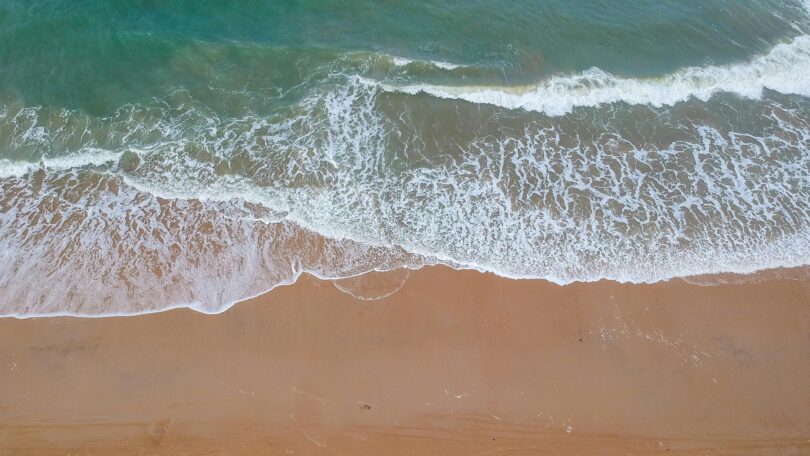Seafoam
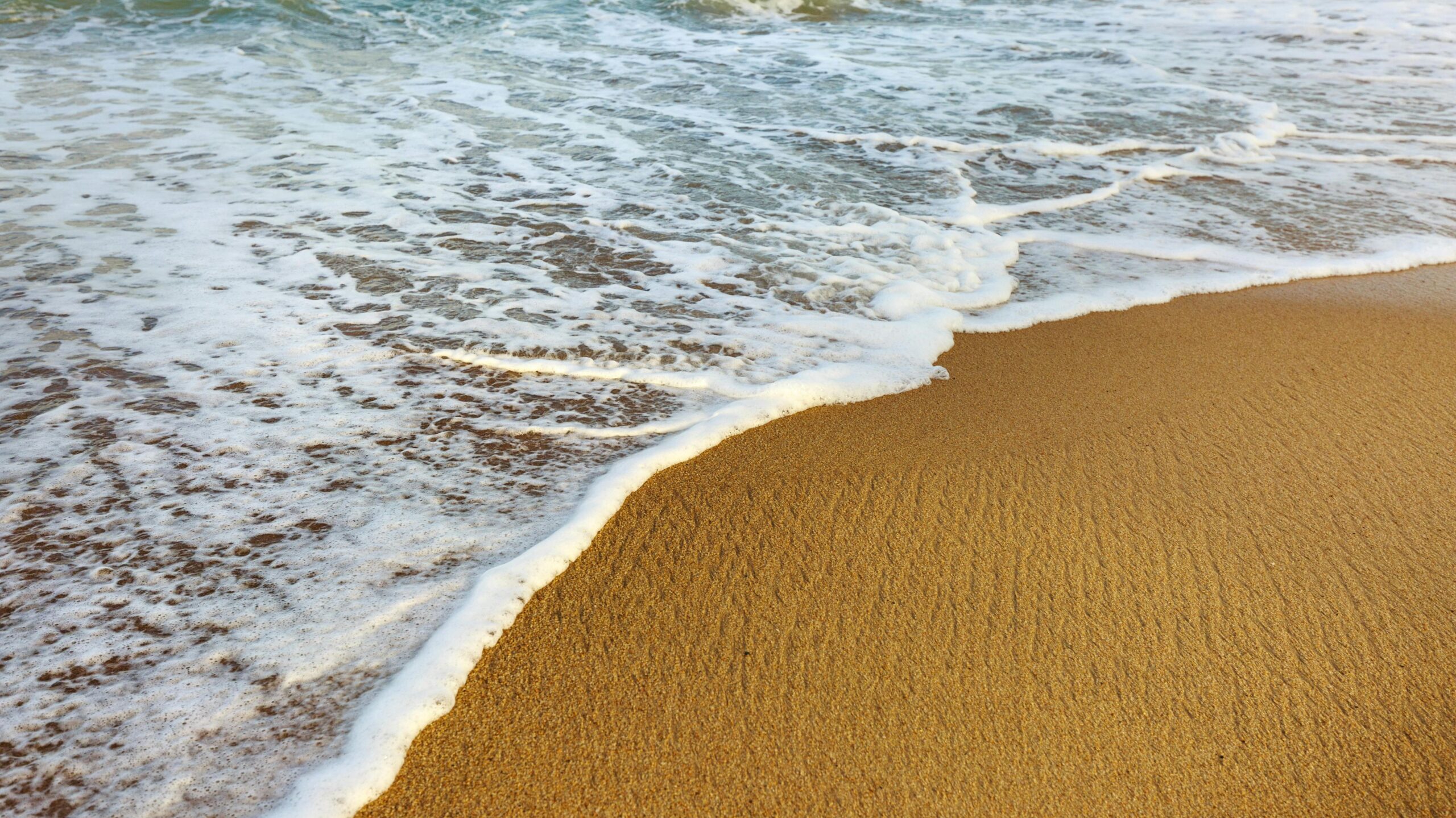
If you’ve walked along the beach, you’ve likely seen seafoam, that frothy, white blanket that gathers where waves break. But have you ever wondered what it really is? Seafoam isn’t just ocean bubbles; it’s a blend of organic life, air, and the mysteries of the sea, all gathered in a natural dance. The story of seafoam gives us a glimpse into the life and health of our oceans, hinting at what’s beneath the surface and how it connects to us all.
What Is Seafoam Made Of?
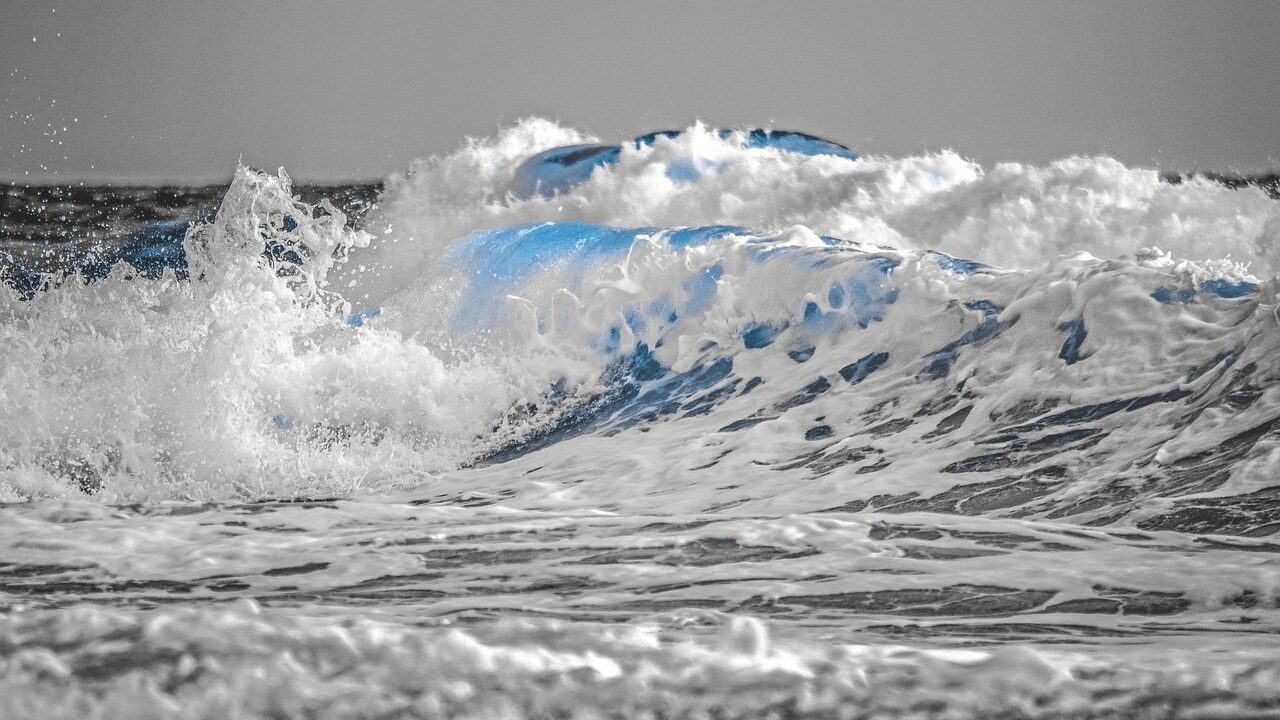
At its core, seafoam is a mix of seawater and organic matter, including plankton, algae, and tiny bits of plant debris. When the waves churn these particles together, air gets trapped, creating small bubbles that accumulate to form foam. It’s almost like the ocean is creating its own natural cappuccino, using the ingredients in its depths. The foam we see on the surface is a sign of healthy interaction among sea life, waves, and the winds.
Why Seafoam Matters?
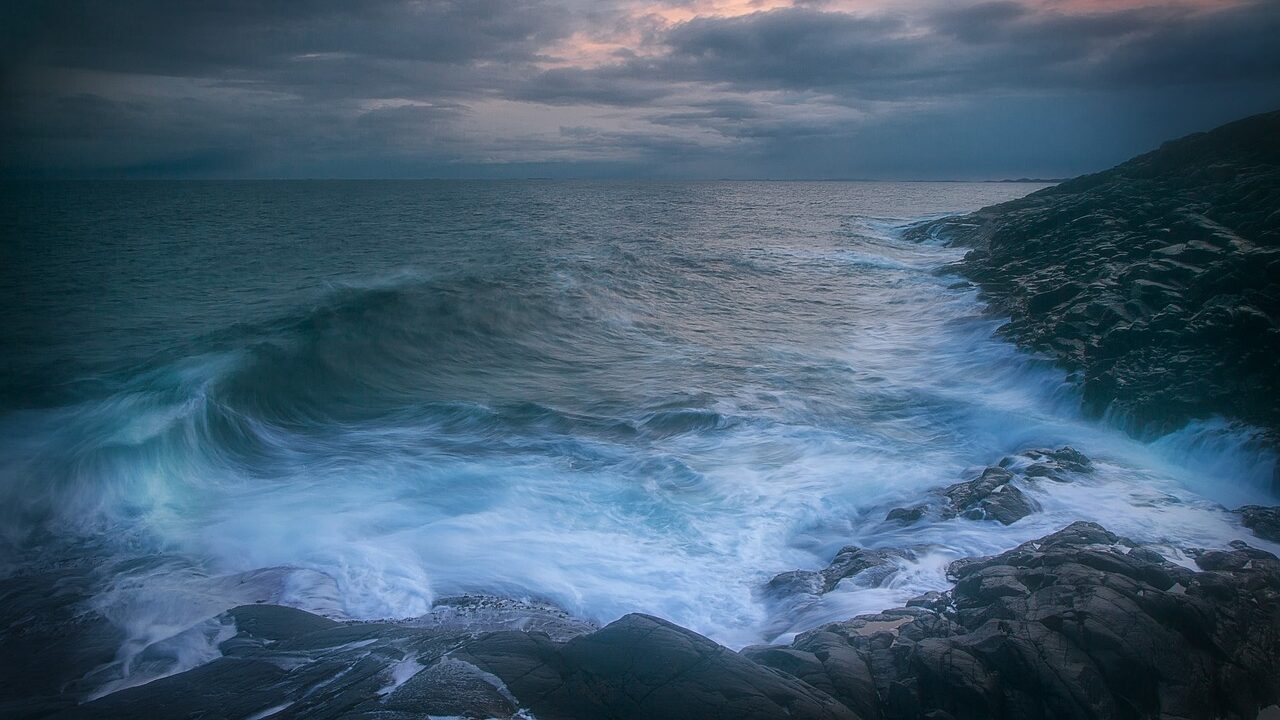
Seafoam isn’t just for show; it plays an active role in ocean health. As the foam builds up, it breaks down organic matter, enriching the water with nutrients. These nutrients feed microorganisms, which in turn support the marine food web. So, while it may look like simple bubbles, seafoam is essential to life in the ocean. The amount and color of seafoam can even tell scientists about the water’s condition, acting as a clue to the ocean’s balance.
The Colors of Seafoam
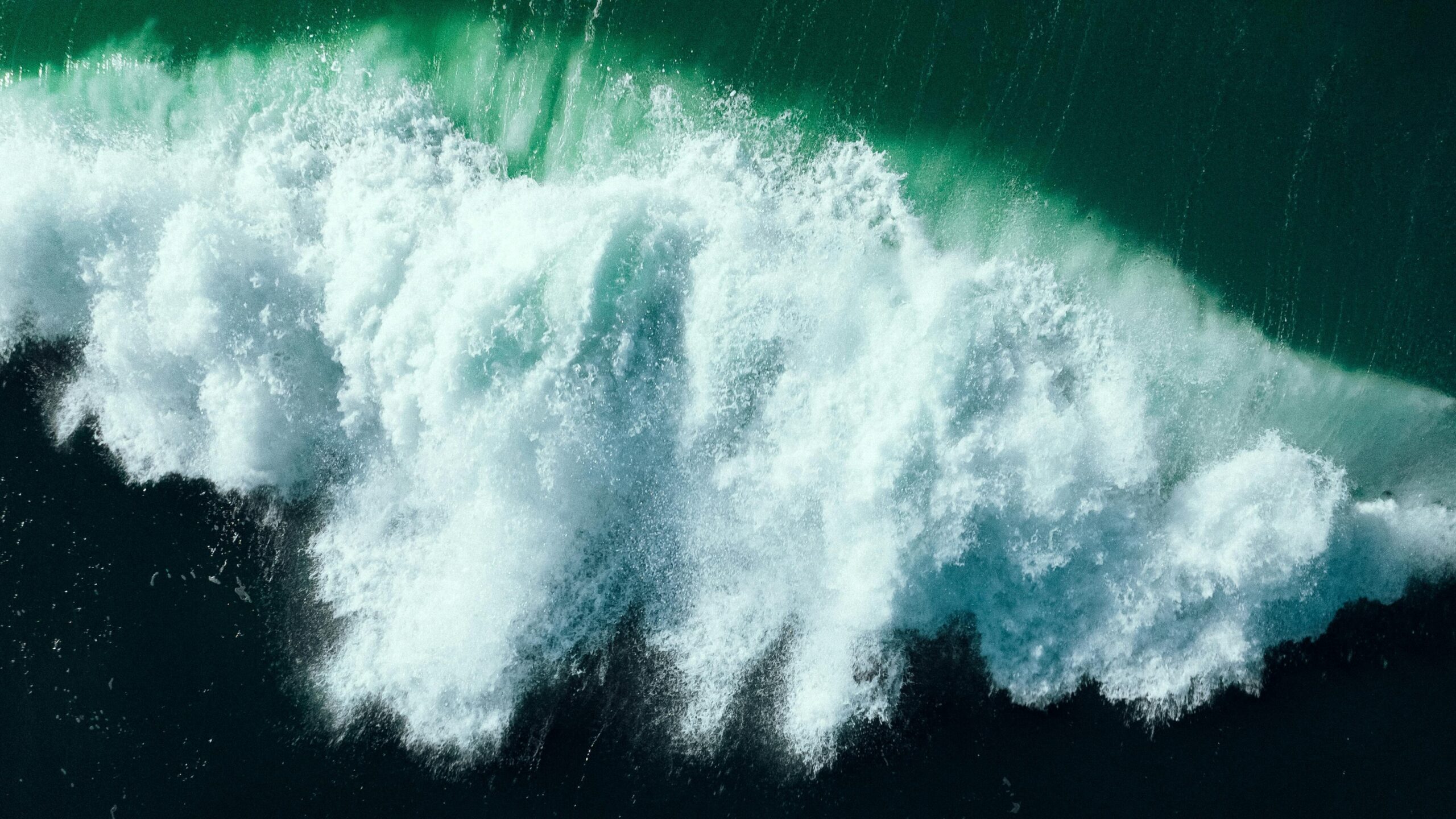
While seafoam is often white, it can appear in various shades. When it’s tinged brown or green, it may be a sign of different kinds of algae or organic material present in the water. These color changes can be beautiful but can also hint at the presence of a harmful algal bloom (HAB), which is toxic to marine life and potentially harmful to people and animals. Paying attention to these subtle changes in seafoam can give us insight into water quality and help scientists monitor ocean health.
Is Seafoam Safe?
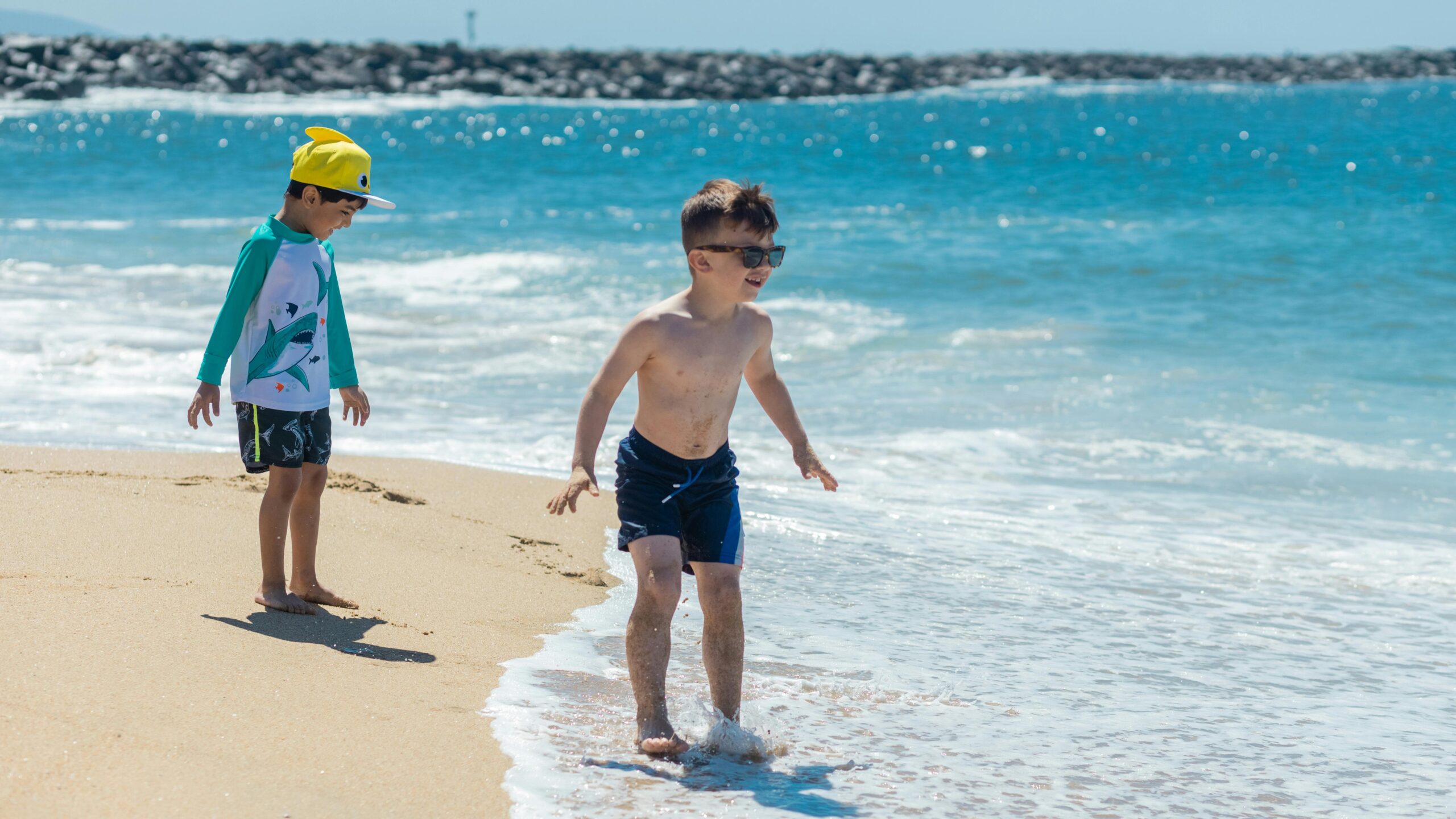
Most seafoam is harmless and even fun to play with at the shore. However, seafoam formed from harmful algae blooms can contain toxins that may irritate the skin. If you notice foam that’s especially thick or foul-smelling, it’s best to avoid contact. While not all seafoam is dangerous, it’s wise to be cautious when there’s a strong odor or unusual color in the foam.
Seafoam’s Role in Coastal Tranquility
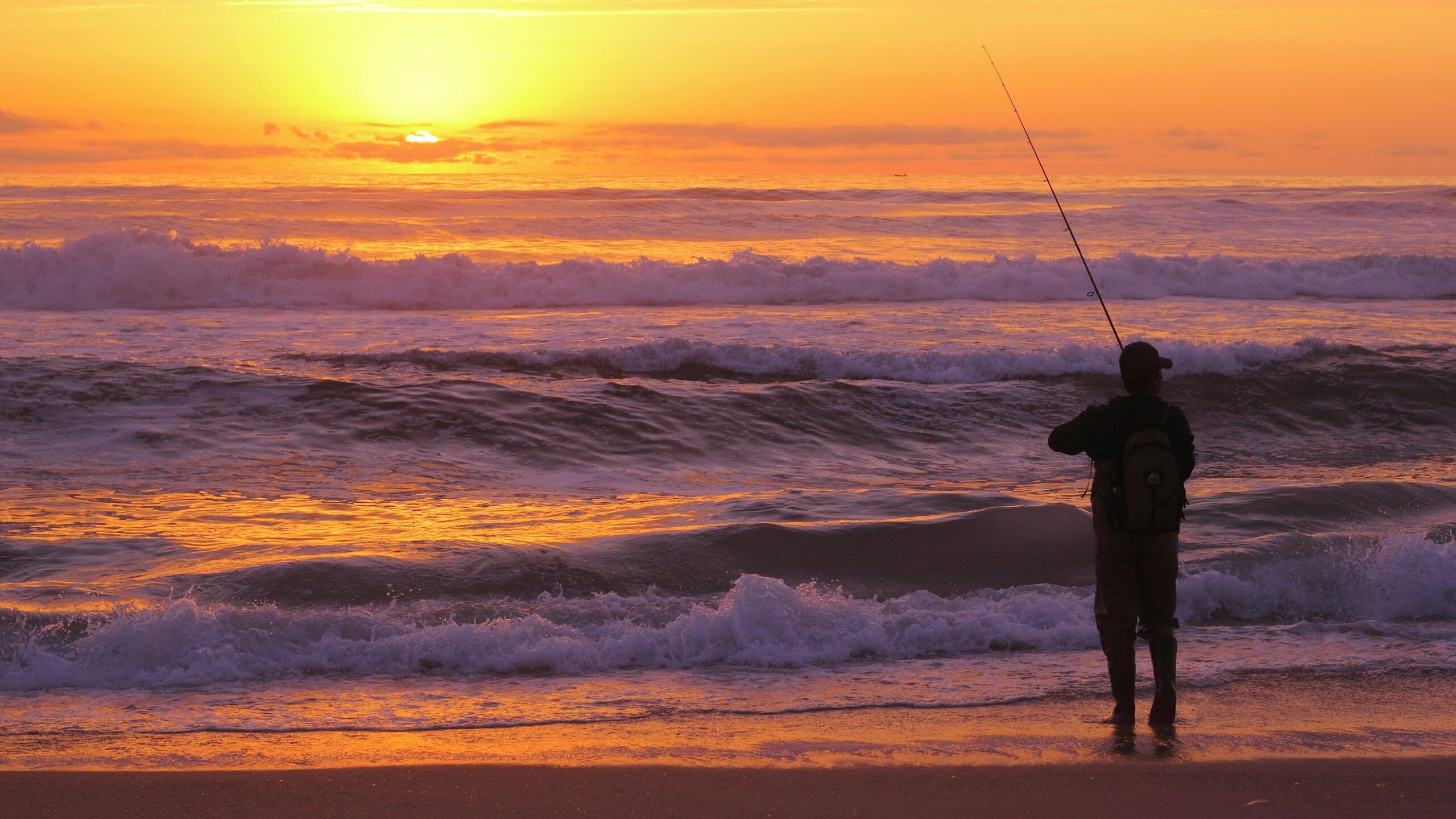
For many, seafoam is one of the small wonders of the ocean. It brings a gentle, hypnotic rhythm to the beach, moving with the waves in a calming pattern. Seafoam reminds us of the intricate cycles happening beyond what we can see—a sign of life, growth, and change within the ocean’s ecosystems. For those who seek peace by the shore, the sight of seafoam can be as soothing as the sound of waves themselves.
Seafoam is more than just a natural decoration; it’s a vital part of the ocean’s ecosystem. Every wave that carries seafoam to the shore reminds us of the ocean’s health and the life it sustains.



